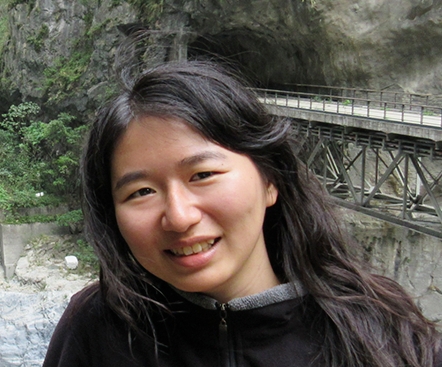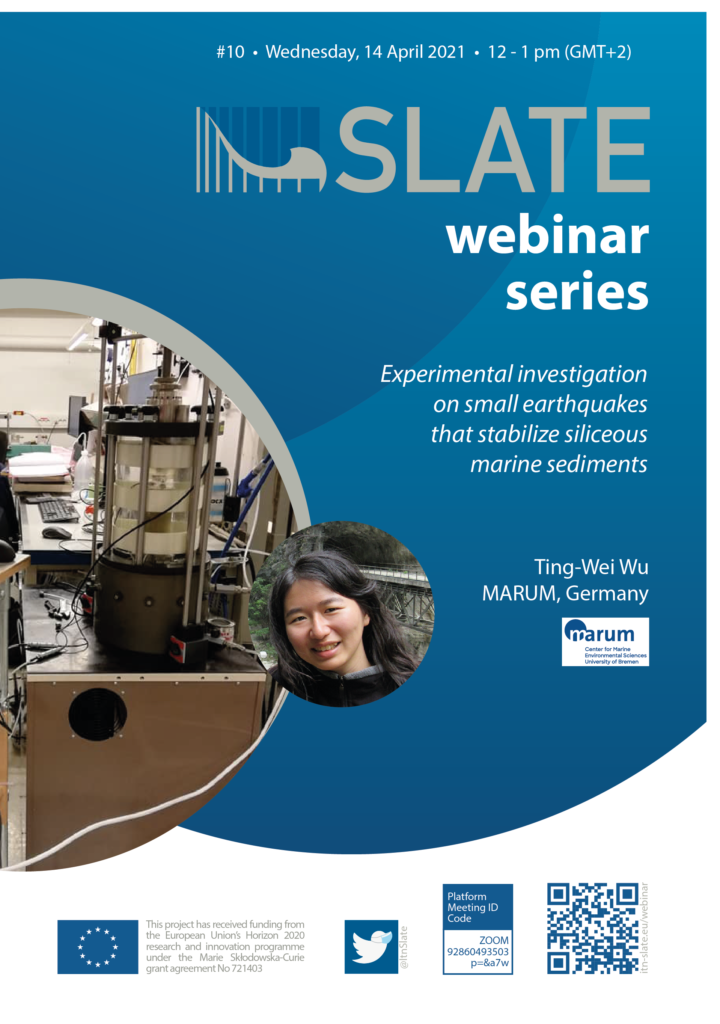
To understand the initiation of submarine landslides, I study the shear strength of marine sediments, which is a key parameter in evaluating submarine slope stability. Two types of siliceous soils are examined: natural diatomaceous mud offshore Japan, and a silica sand standard from the USA for generic laboratory testing (Ottawa Sand). Under seismic shaking, these fluid-saturated granular materials can accumulate excess pore pressure until liquefaction. However, if the shaking is only moderate, the sediment may not fail (liquefy), and after dissipation of some pore fluids, the grains may settle and the contact forces may increase. This phenomenon, known as “seismic strengthening”, may explain the paucity of discovered large submarine landslides on active continental margins where abundant non-failure earthquakes induce additional increments of strengthening, leading to higher shear resistance compared with passive margins.
In my talk, I will show with cyclic triaxial tests that seismic strengthening can significantly increase the liquefaction resistance of Ottawa Sand. The strengthening effect is likely attributed to the change in sediment’s micro-structure, with a lesser dependence on the change in its density. Subsequently, I will present a variety of geotechnical analysis on four short sediment cores, three from the Japan Trench slope region and one from the Nankai Trough slope region. The Japan Trench slope cores demonstrate significantly higher undrained shear strength and apparent overconsolidation relative to the Nankai Trough slope core. The key sedimentological difference is that the cores along the Japan Trench slope are rich in biogenic siliceous materials primarily consisting of diatoms, which are proposed to amplify the strength gain via seismic strengthening due to high particle interlocking and surface roughness, especially after they are crushed and compacted by earthquakes. The idea that diatom-rich sediments may be prone to seismic strengthening is potentially very important to our understanding of landslide susceptibility of submarine slopes.
- Wednesday, 14 April 2021
- 12 pm – 1 pm (GMT+2)
- via ZOOM
- permanent Zoom Link
- ID: 928 6049 3503
Code: p=&a7w
Webinar Flyer:


